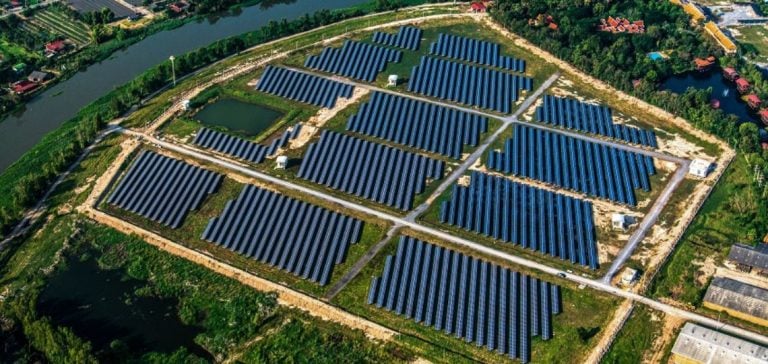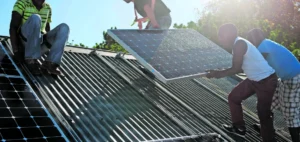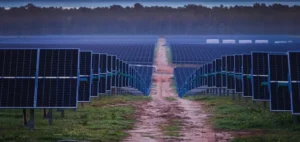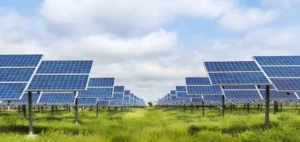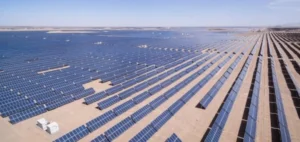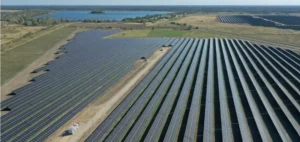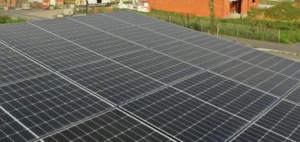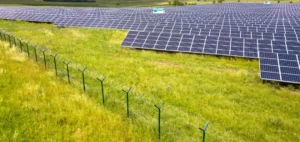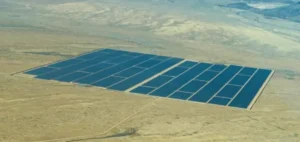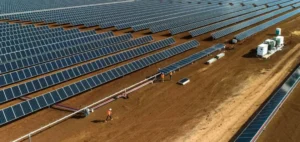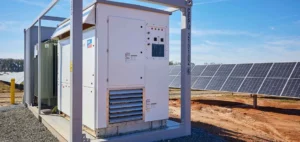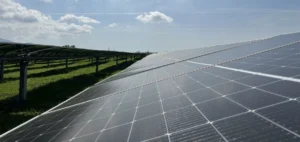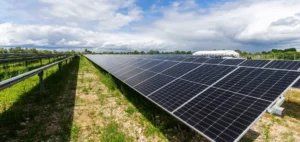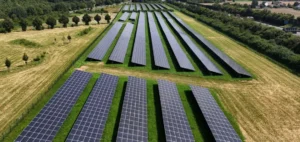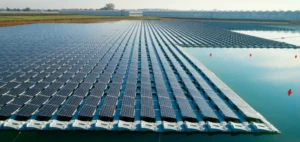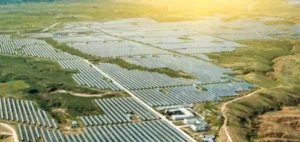New Zealand continues to diversify its energy sources with major investments in solar power. The launch of feasibility studies for the Norwood solar farm, a 115 MWp project located in the Canterbury region, marks an important milestone in this dynamic.
The project, located near Christchurch, is part of a wider energy transition strategy aimed at boosting renewable electricity generation.
Norwood, with a capacity of 100 MWac, is based on the existing infrastructure of TransPower and Orion.
The co-location of the solar farm with the recently completed NorwoodGXP station will enable faster connection to the power grid.
This facilitated connection optimizes commissioning times and reduces grid integration costs.
Geotechnical studies and feasibility tests
The first stages of the project include a series of in-depth geotechnical studies, supervised by specialists in the field.
These tests are carried out to ensure that the site is suitable for the construction of the solar farm, particularly with regard to soil stability.
The studies analyze the characteristics of the terrain to ensure the viability of the foundations required to install the tracker solar panels.
In recent weeks, strength tests for the panel foundations have been carried out at the nearby Somerton solar farm.
This 35 MWp site serves as a reference for Bison Energy’s new projects in the Canterbury area.
The results of these tests will provide valuable data on the structural constraints associated with setting up large-scale solar farms in this part of the country.
Solar market dynamics in New Zealand
The growth of solar energy in New Zealand is directly supported by a series of measures and investments, both public and private.
Although historically dominated by hydroelectricity, the country sees solar power as an opportunity to diversify its energy mix.
This diversification has become essential to meet the growing demand for electricity and to achieve the country’s decarbonization objectives.
The acceleration of large-scale solar projects like Norwood is part of a wider regional trend.
New Zealand is seeking to offset rising emissions from its extractive sectors, notably oil, by developing renewable sources.
The addition of massive solar farms is a response to the growing demand for renewable energy, particularly in highly industrialized areas.
Prospects and challenges of the energy transition
The development of the Norwood solar farm is just one of several similar projects in New Zealand.
Other solar farms, with capacities in excess of 100 MW, are already in the development phase, strengthening the country’s position in the renewable energy market.
The Canterbury region, in particular, offers significant potential for solar expansion, thanks to its favorable sunshine conditions and proximity to existing electricity infrastructures.
However, the proliferation of large-scale solar projects poses challenges in terms of grid integration.
Industry players need to adapt infrastructures to ensure optimal distribution of the electricity generated.
The co-location of projects like Norwood with existing infrastructures, such as the NorwoodGXP station, illustrates a pragmatic approach to maximizing the efficiency of these new investments.
A rapidly evolving sector
New Zealand is gradually establishing itself as a key regional player in the field of renewable energies.
Solar companies, with projects such as Norwood, are playing an active role in modernizing the country’s energy landscape.
The alignment of public and private initiatives is strengthening the attractiveness of the New Zealand market for international investment in energy infrastructure.
The development of massive solar farms is part of a national strategy to reduce dependence on fossil fuels, while increasing electricity production capacity.
This type of project also meets the growing demand from manufacturers and businesses seeking to reduce their carbon footprint, while ensuring a stable energy supply.

